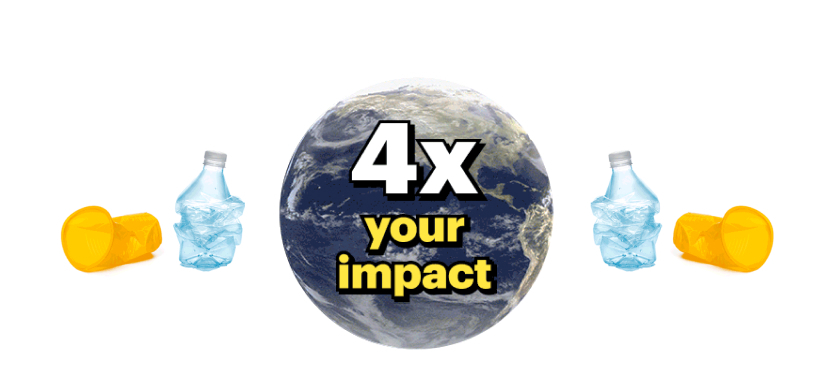Fracking and Earthquakes
Published May 4, 2015

Fracking is shaking things up — literally. Fracking, along with the disposal of toxic fracking waste through underground injection control wells, has been linked to human-caused earthquake activity.
Although fracking itself can cause earthquakes, they are smaller and less frequently felt than earthquakes produced from underground injection control wells. A study in Seismological Research Letters found that fracking was the likely culprit of hundreds of small tremors in Ohio during 2013; another Ohio-based study that came out in 2015 pinpointed fracking as the cause of a 3.0 magnitude earthquake near Poland Township. In 2011, fracking was associated with a 3.8 magnitude earthquake in British Columbia, Canada; and that same year, in Blackpool, England, two earthquakes were directly linked to fracking operations. Fracking has also been linked to an earthquake that was felt in Garvin County, Oklahoma in 2011.
Download our issue brief on fracking and earthquakes.
More typically when talking about fracking-related earthquakes, the conversation is referring the seismic events triggered by injection wells, a common method of disposal for fracking waste. In the eastern and central United States, earthquake activity has increased about fivefold, from an annual average of 21 earthquakes above a 3.0 magnitude between 1967 and 2000, to more than 300 earthquakes over three years from 2010 to 2012. According to scientists with the U.S. Geological Survey (USGS), this increased seismic activity is associated with wastewater disposal wells in states such as Oklahoma, Colorado, Arkansas, Ohio and Texas. The threat of increased earthquake activity is also of concern for the seismically active state of California, where the Monterey Shale overlaps the San Andreas Fault.
Induced seismicity occurs when human activity triggers a dormant fault by adding or reducing stress and/or increasing pore pressure. When fluid is injected underground — as is done to fracture shale rock and for the disposal of fracking wastewater — it can lubricate fault zones. As fluid moves into a fault zone, pore pressure increases, which can cause the fault to slip and result in an earthquake.
It’s important to note that induced seismic events may not always strike soon after the injection activity begins; it may take a long time for an earthquake to trigger, and sometimes not until after the injection activity has ended. Fluid pressure from high-rate disposal wells can migrate, so even if an injection well is not very close to a fault line or to one that is susceptible to earthquakes, the fluid pressure can migrate long distances to reach a fault that is more susceptible.
We can’t afford more fracking catastrophes. Sign on to ban fracking now!

Time to face it —~it’s people or plastics.~We can’t have both.
Become a plastic pollution fighter this Earth~ Day and have your gift MATCHED $3-to-$1!
Enjoyed this article?
Sign up for updates.
TO TOP


